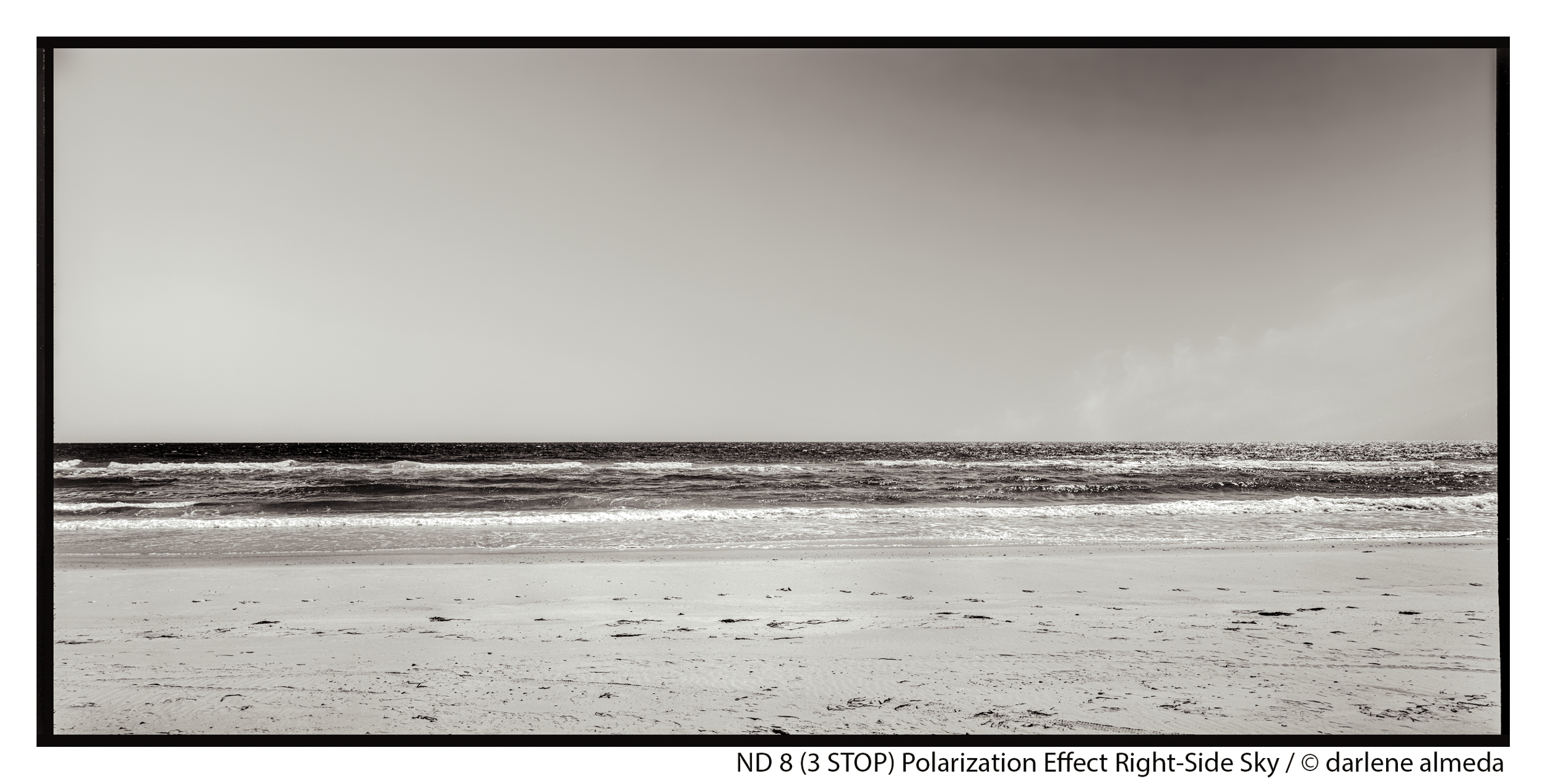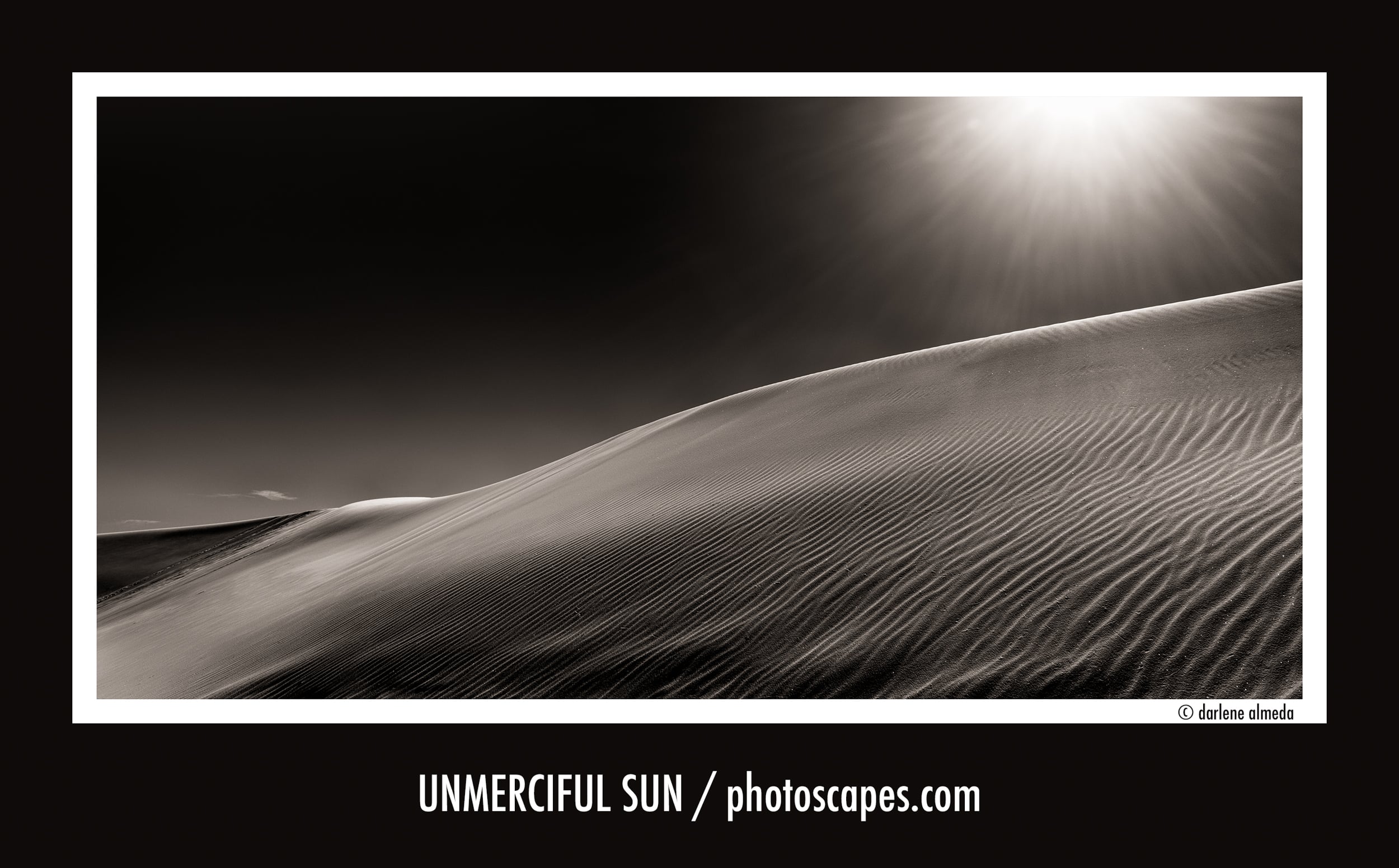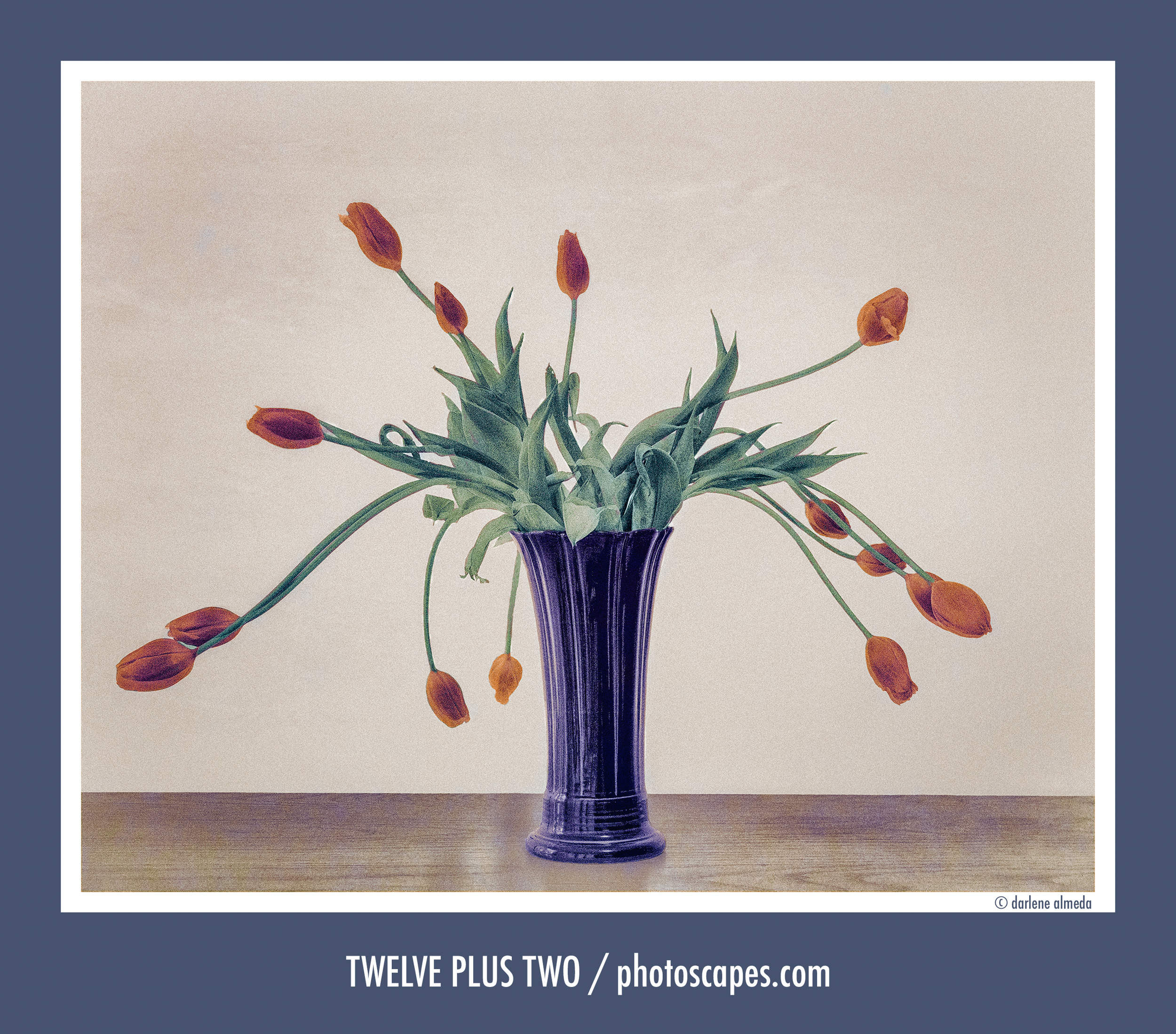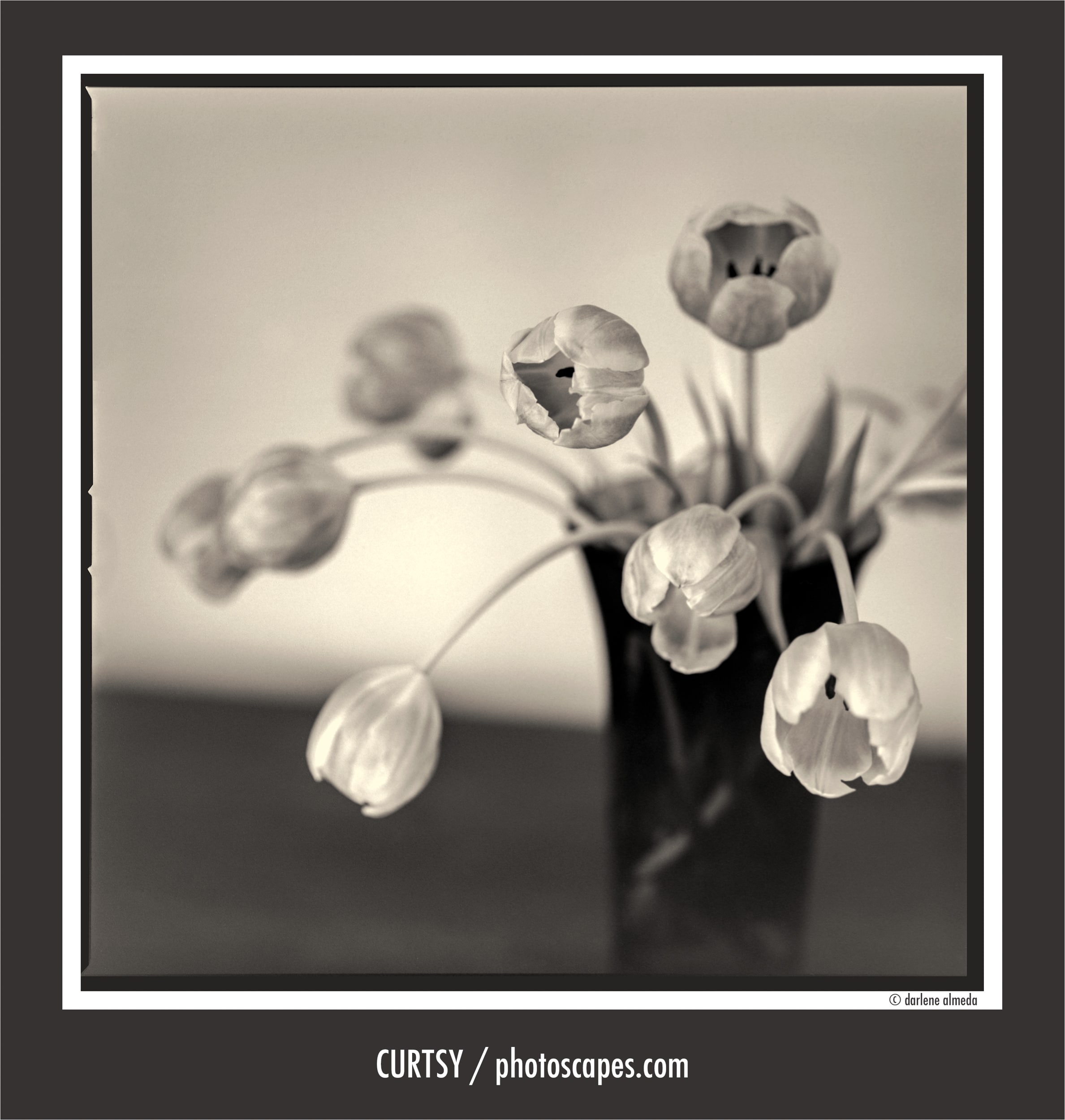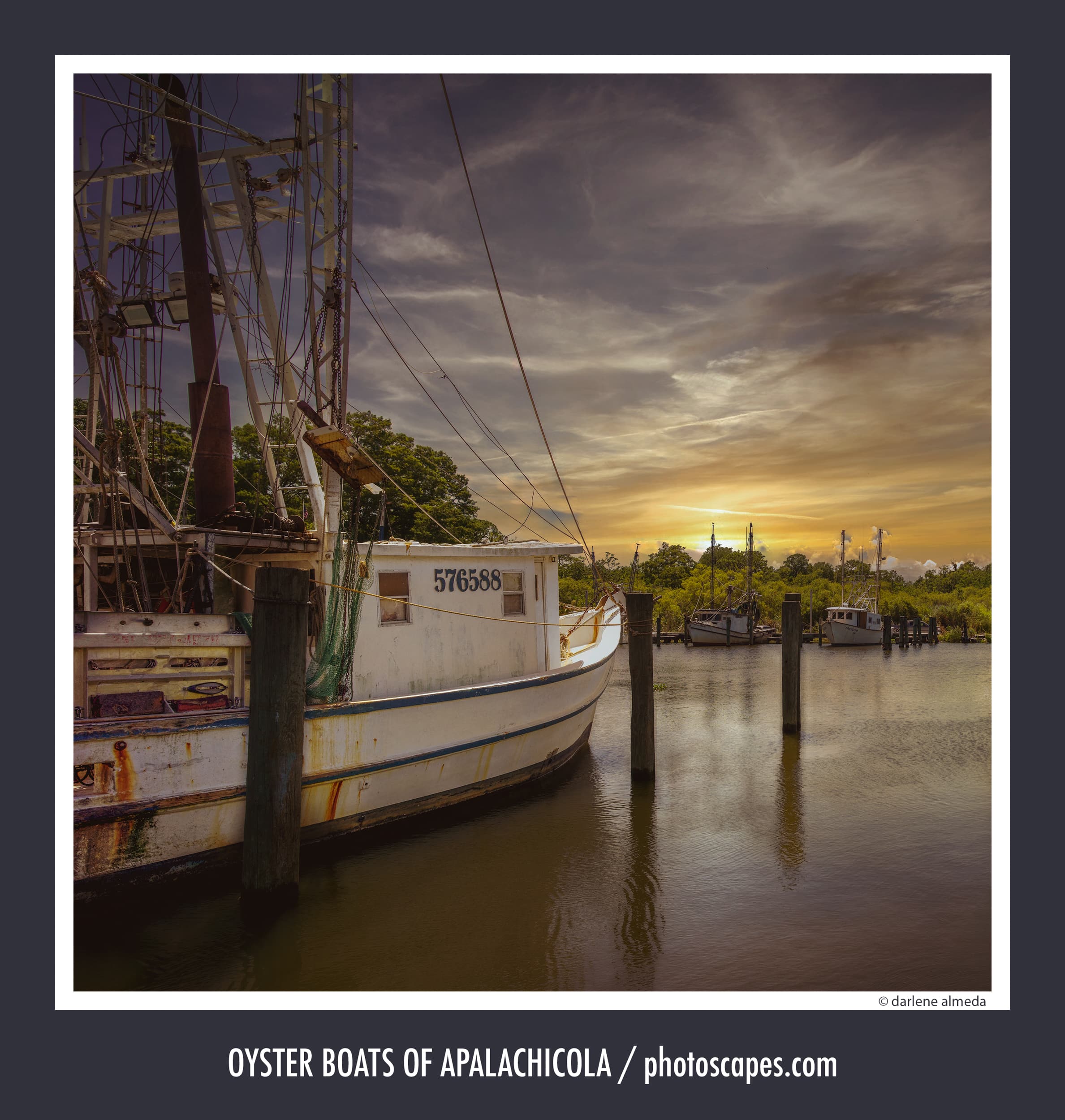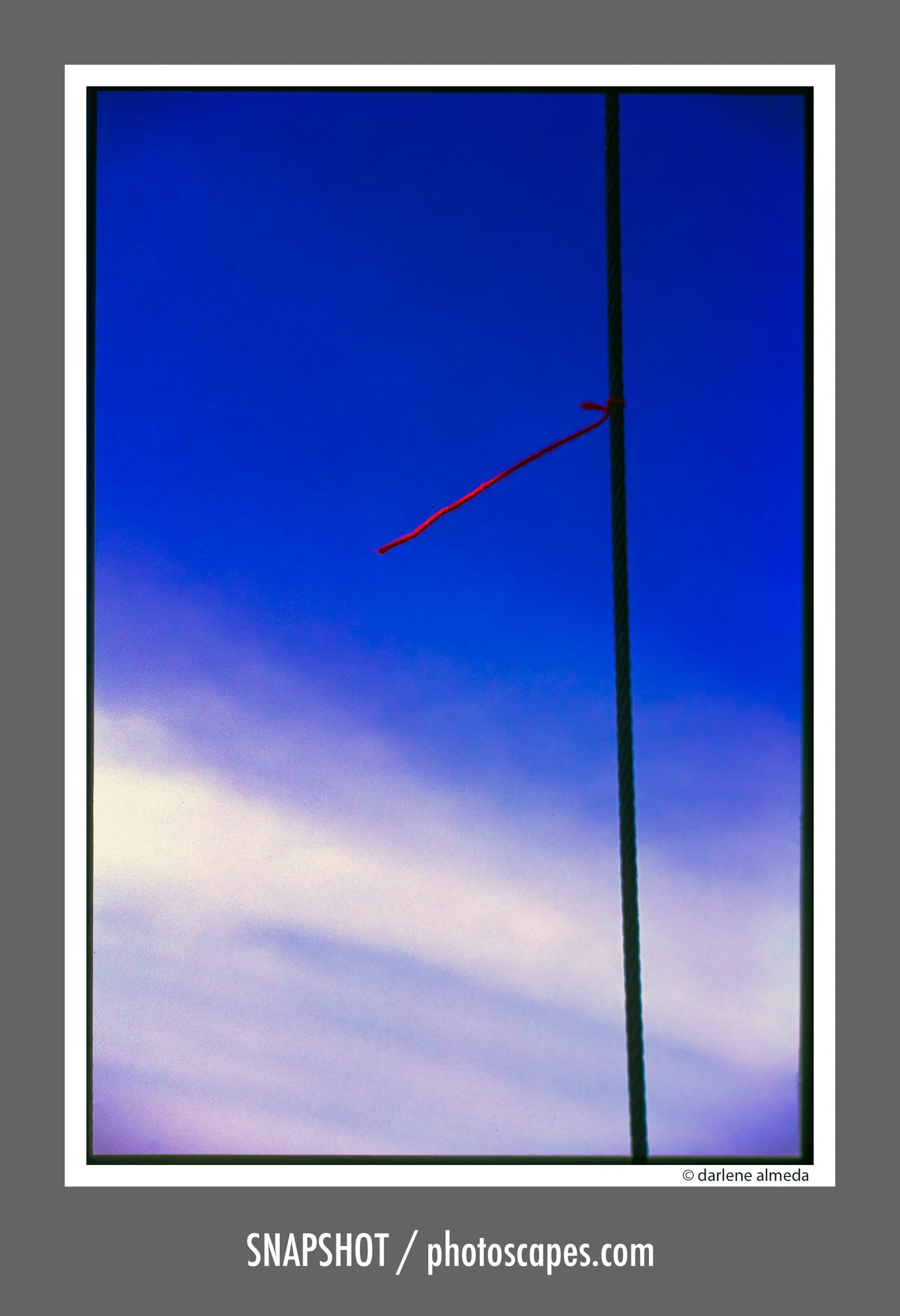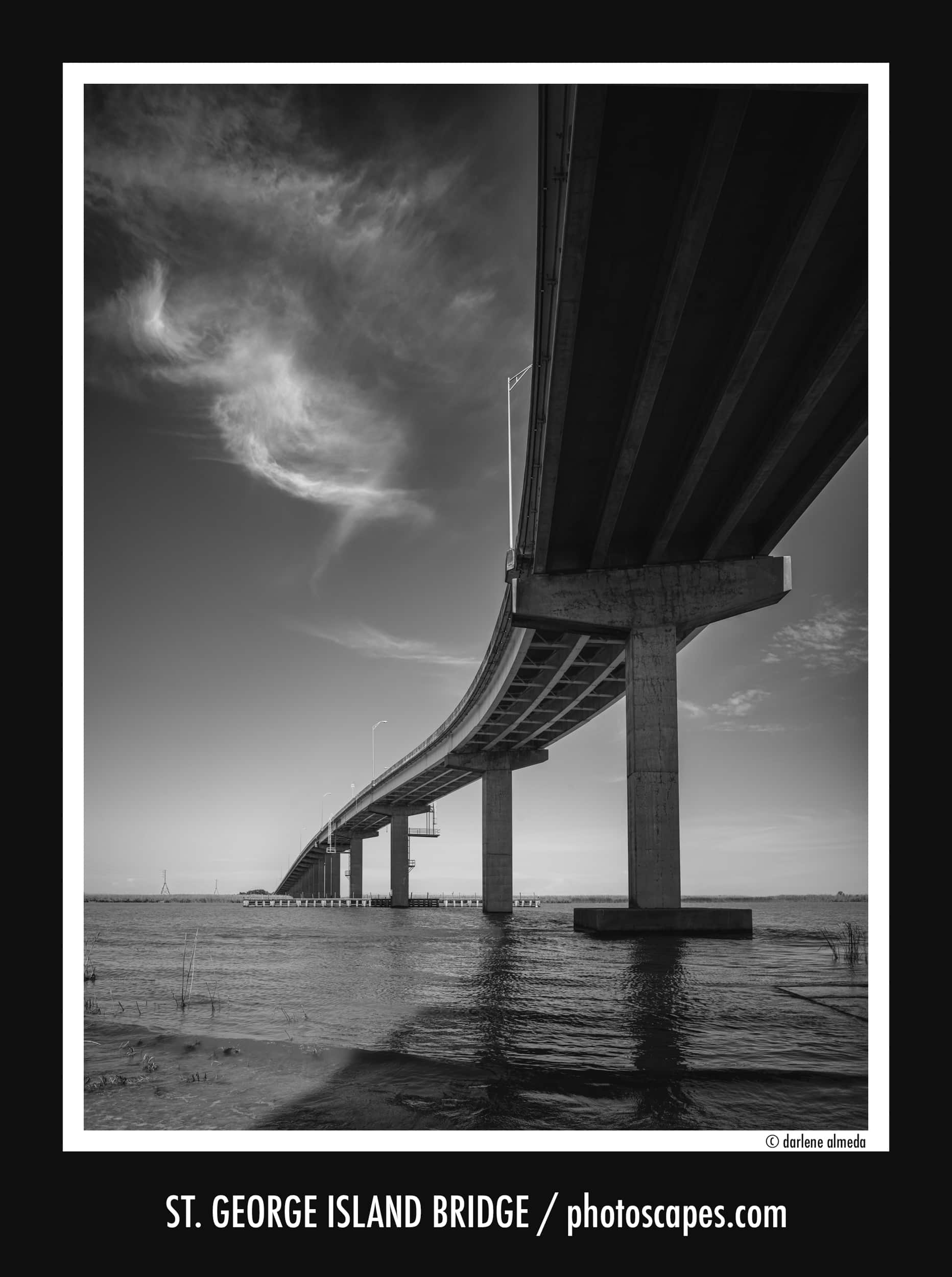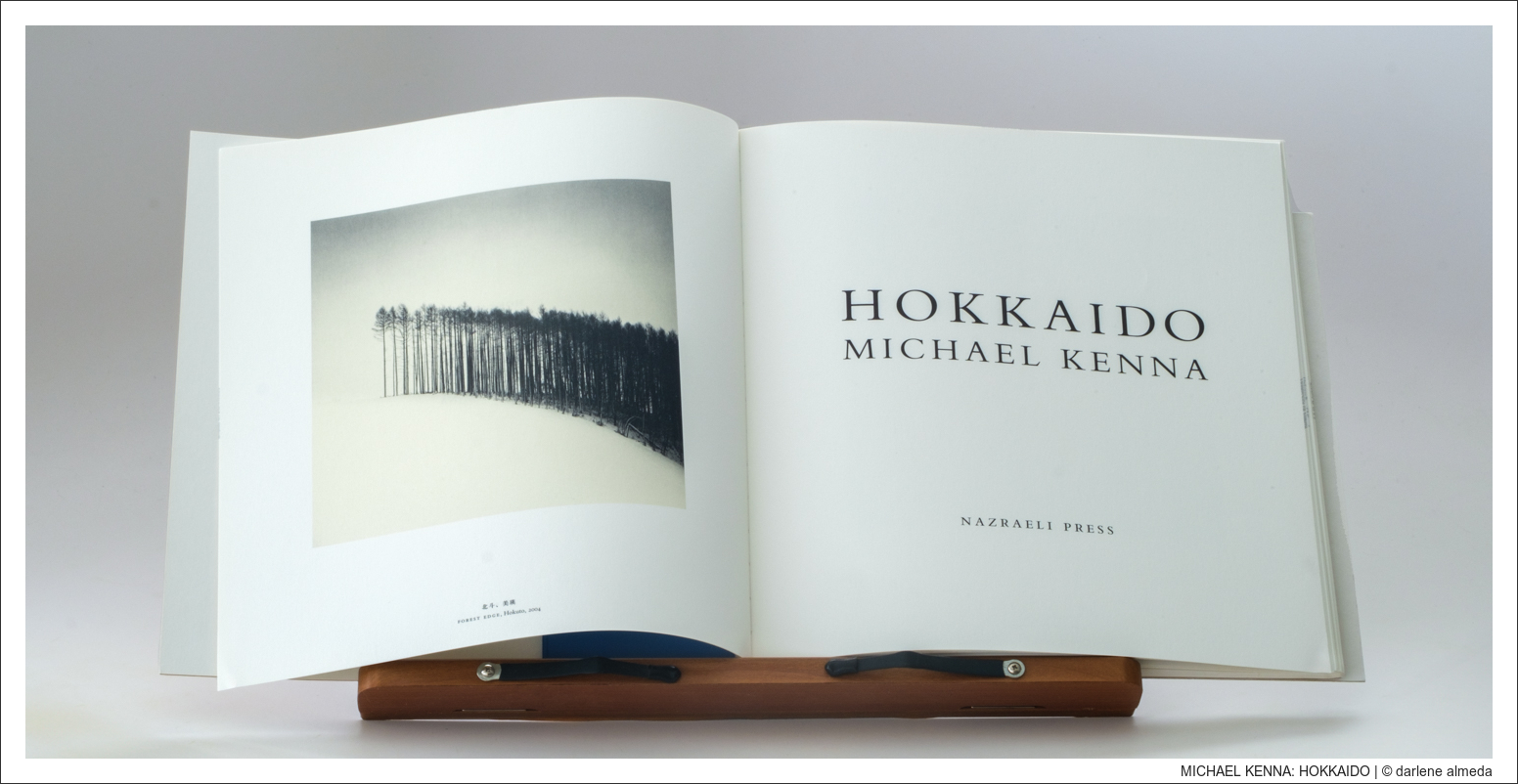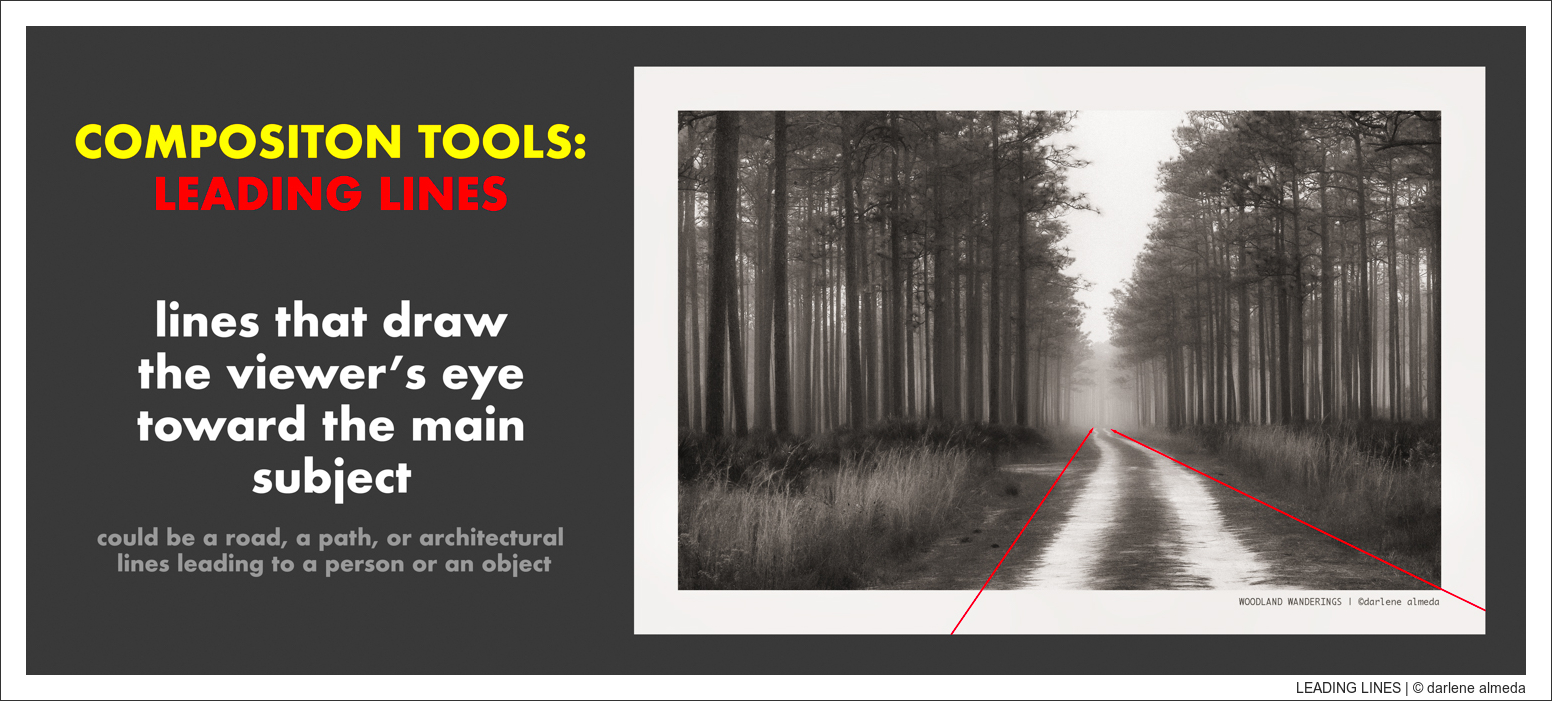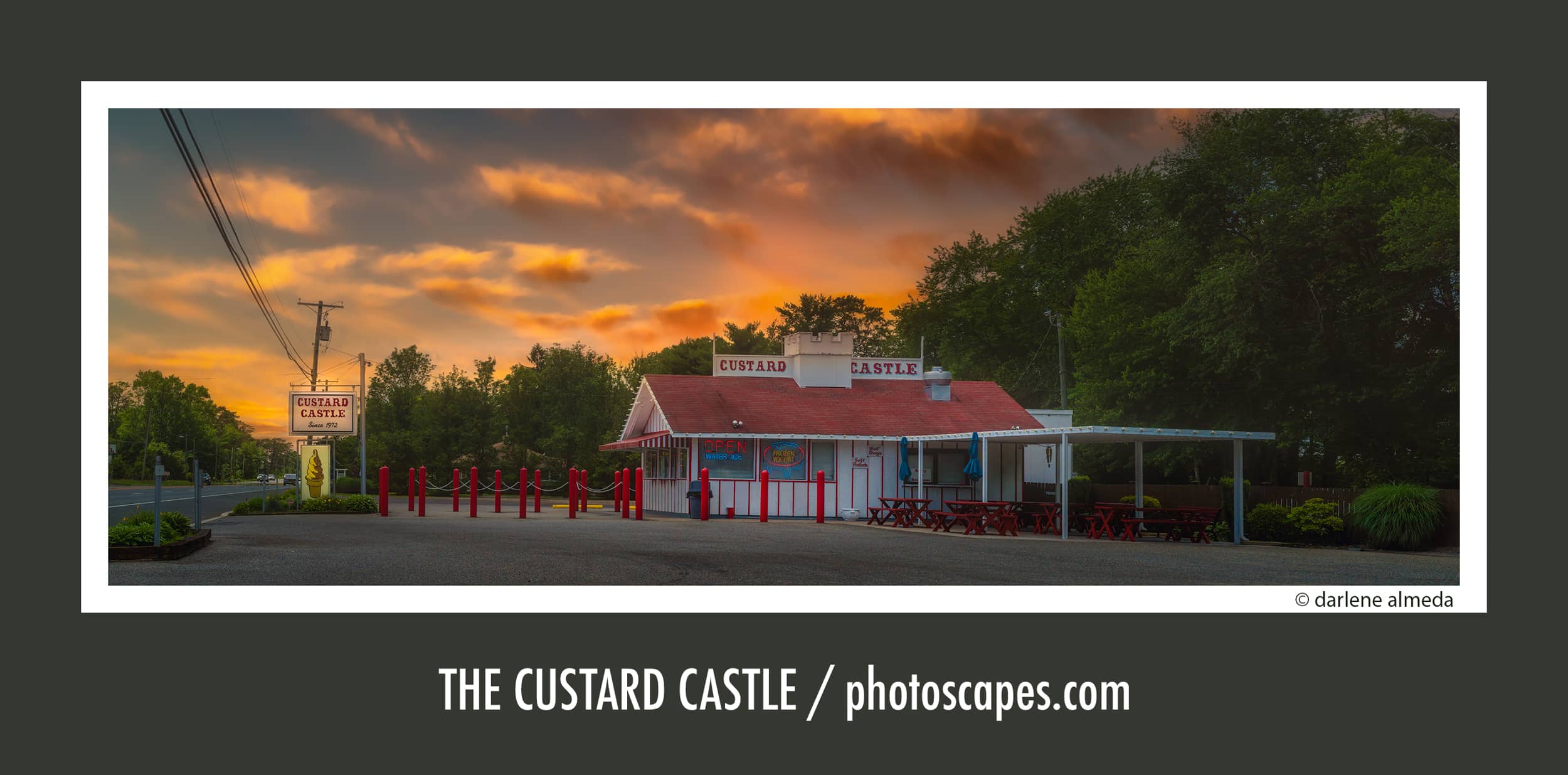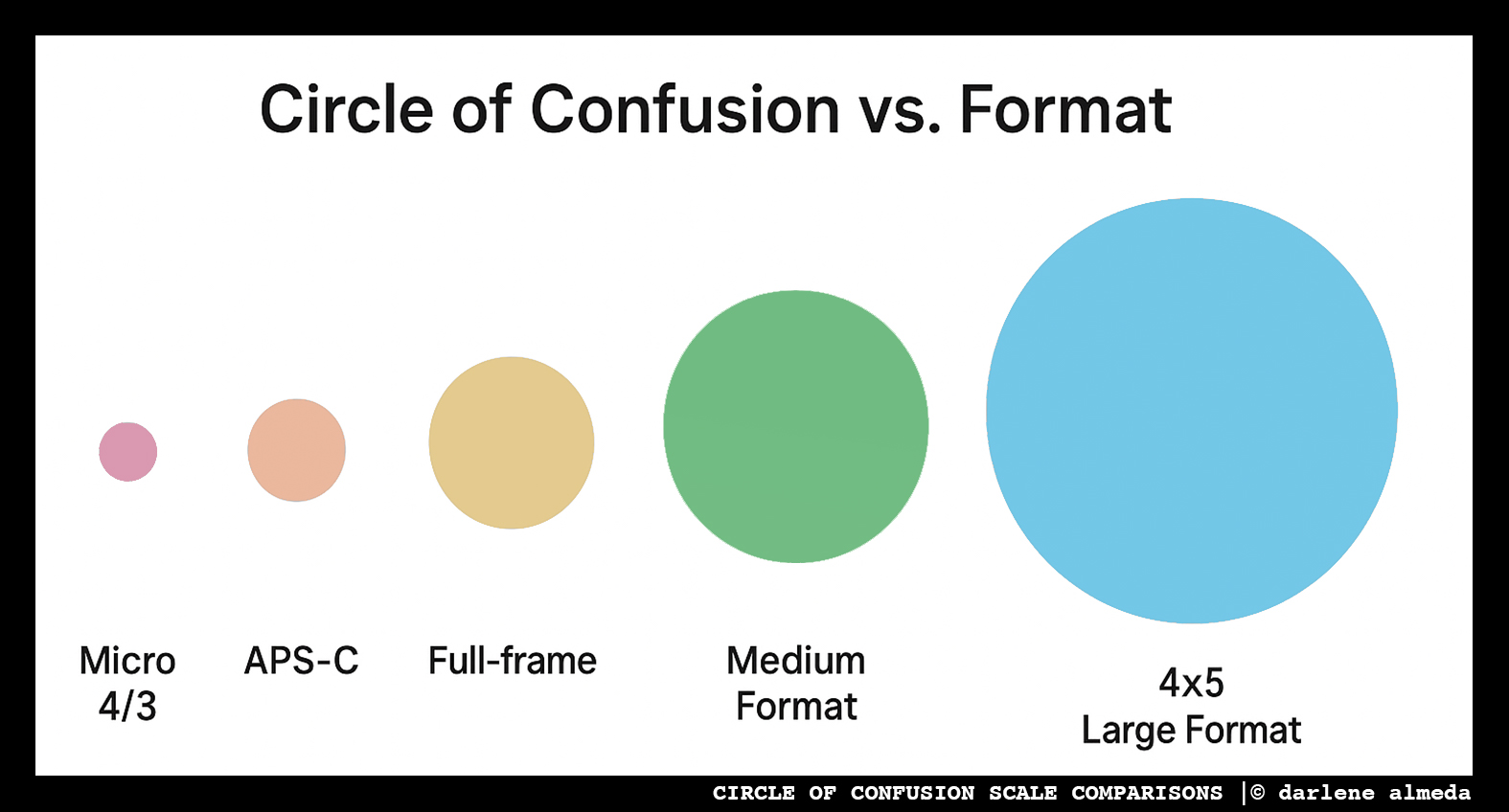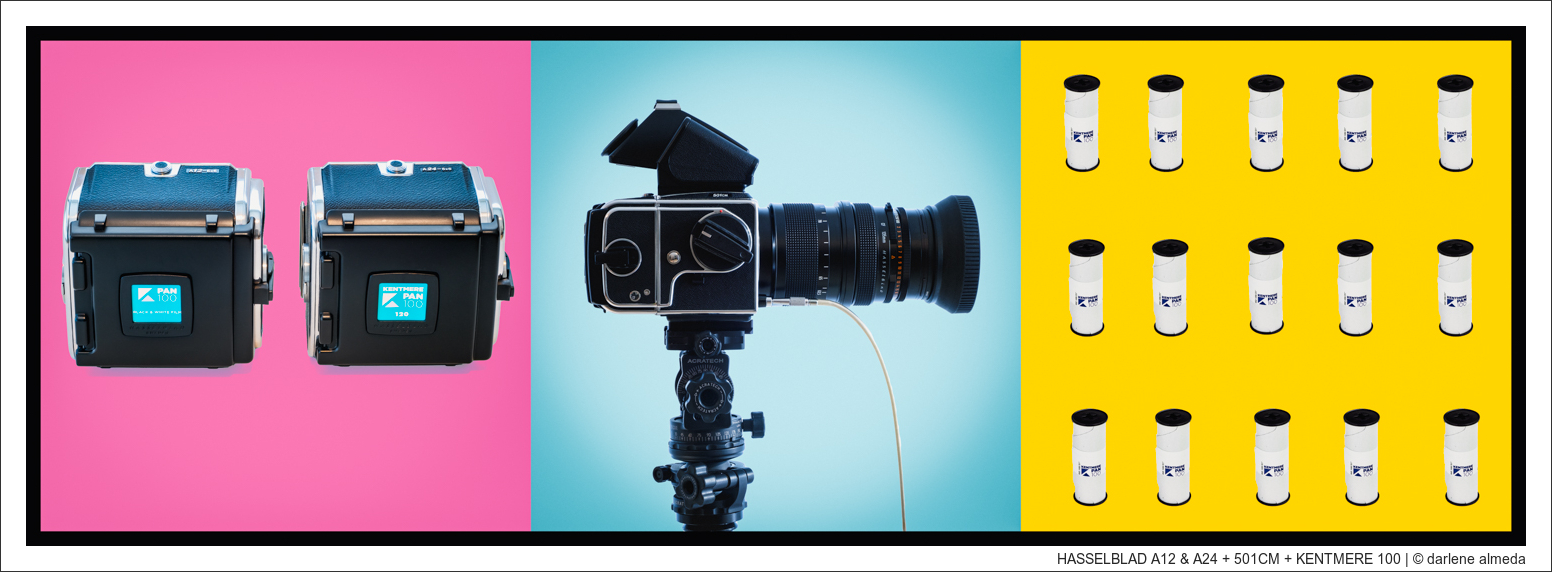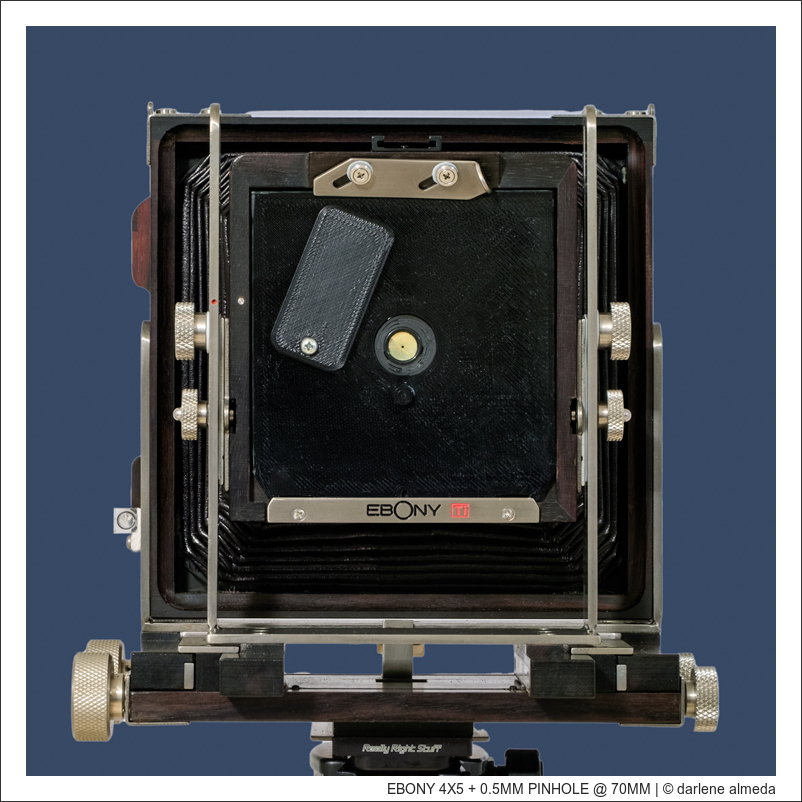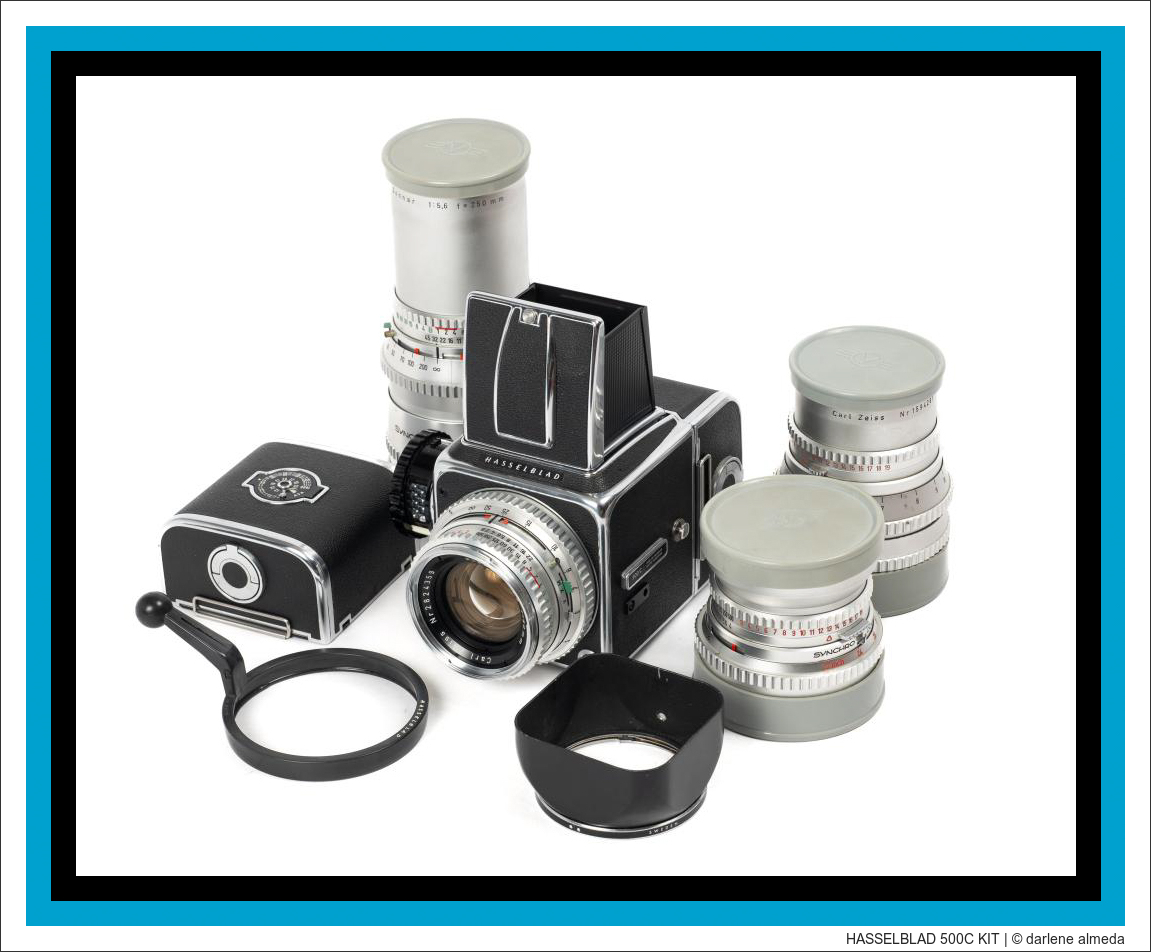I made this photograph two weeks ago on a special day of remembrance — my sister’s birthday. It was late morning on a clear, blue–sky day. The beach was breezy, and the waves were loudly crashing, sending white ribbons of surf racing toward shore. I worked with my Cambo Wide 650 and several ND filters, letting the longer exposures pull those restless waters into smoother, rhythmic bands of tone. It was just me, the big camera, and a couple of fishermen down the shoreline. My goal that morning was to experiment with a few new filters I had recently acquired.
The original capture was made on black-and-white film, and the color was added later by hand in Photoshop using a tablet. I didn’t want to describe the scene literally; instead, I wanted to remember how it felt. The gentle blues and faint soft cloud in the sky became a way of holding my sister close on her birthday — a quiet tribute and a reflection of childhood days spent near both the Atlantic and Pacific Oceans. The ocean felt like a place where I could meet her for a moment, in the hush between waves, where light and memory drift together.
This was my first time using magnetic filters, and I appreciated how easily and securely they attached to the lens — a pleasure in the field. However, I noticed uneven density across some of the negatives. In this image, I cropped to remove the distraction. The filters I used were made by K&F Concept and priced considerably lower than many other ND options. They may perform better on digital sensors, but from research and now personal experience, some neutral-density filters can behave inconsistently with film. Even slight variations in coating, polarization, or density uniformity can produce edge falloff or tonal shifts across a large-format frame. Before drawing firm conclusions, I plan to test these filters on another lens to ensure the issue isn’t specific to my Cambo Wide 650. Still, I’m considering a higher-quality alternative — such as the Breakthrough X4 6-stop ND — for future work, and it’s probably going on my Christmas list.
POLARIZATION EFFECT CAUSED BY ND 8 FILTER
Above is an uncropped, uncolored example made with an ND 8 (3-stop) filter. I used my Cambo 6×12 film magazine, so the native frame is close to 6×12, though for seascapes with generous shoreline, I often crop to about 6×17. In this frame, you can see a noticeable polarization-like effect in the right side of the sky. These are solid ND filters, not variable.
This visual irregularity prompted a closer look at how ND filters behave when paired with wide-angle lenses and large image circles. The tonal shift on the right side of the sky is a good example of how lower-cost solid ND filters can occasionally introduce mild polarizing behavior in these conditions. This effect becomes more apparent with film because the negative records the full image area, revealing density inconsistencies that digital capture often crops away. Even subtle variations in coating or ND uniformity can create localized darkening or uneven gradation across the frame, resulting in an off-center sky effect that does not match natural atmospheric transitions. Higher-quality ND filters are generally less prone to this due to tighter manufacturing tolerances and more consistent coatings.
Film formats such as 6×12, 6×17, and 4×5 expose a much larger image circle than digital sensors, placing greater demands on filter uniformity. Any inconsistency in ND density, polarization, or coating quality can appear as edge falloff or localized sky shifts — artifacts that often go unnoticed in smaller digital formats.
I tested ND 8 (3-stop), ND 64 (6-stop), and ND 1000 (10-stop) filters under bright overhead sun, letting the ocean’s restless rhythm reveal which look felt right. The 6-stop offered the best balance of motion and detail, with the 3-stop close behind. The 10-stop—though beautiful in its abstraction — smoothed the waves and sky more than I prefer for most situations. Without an anchoring subject, such as a boat wreck or lighthouse, the scene became a little too ethereal for a seascape.
Based on these results, I plan to invest in higher-quality and oversized 3- and 6-stop NDs, which I can also combine when needed. These function similarly to LEE’s Little, Big, and Super Stopper filters, but the magnetic design offers an added advantage: no need to worry about light leaks around the filter edges.


